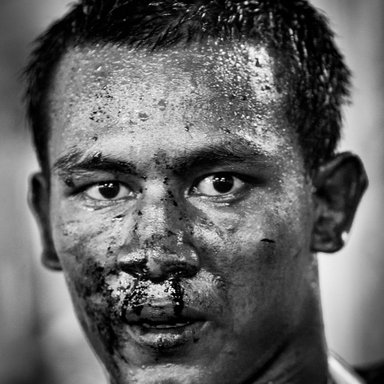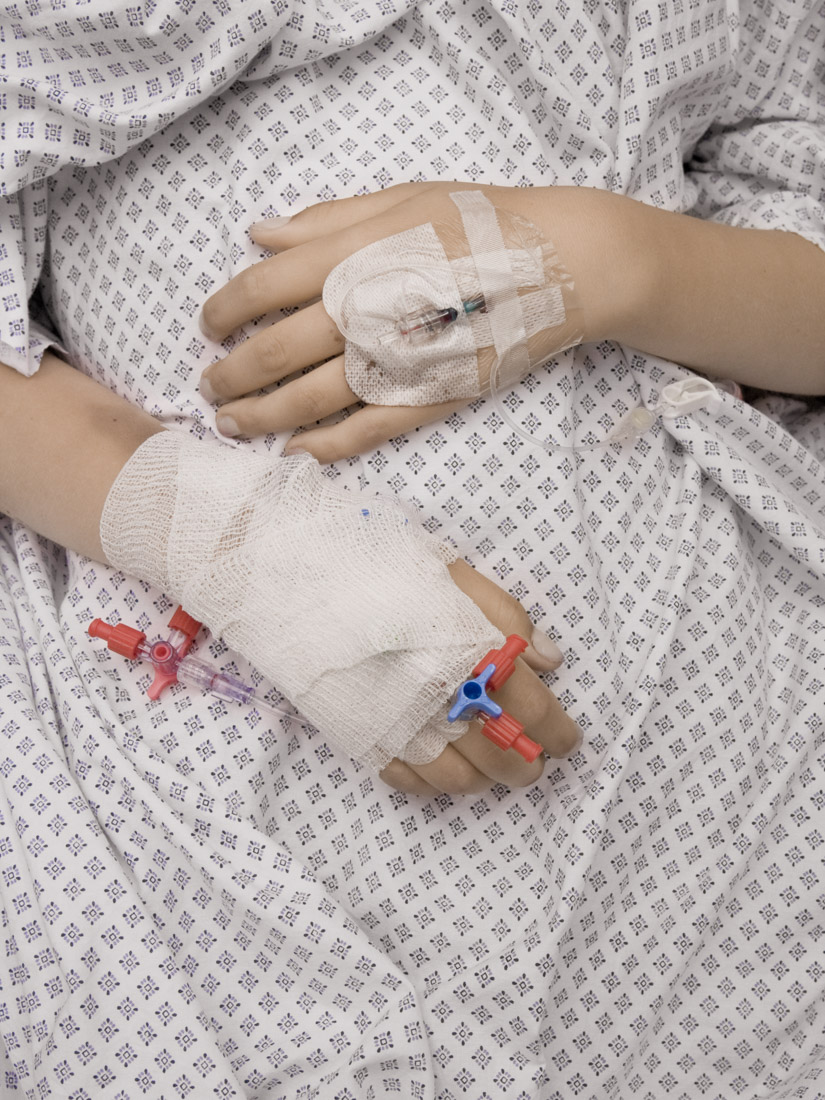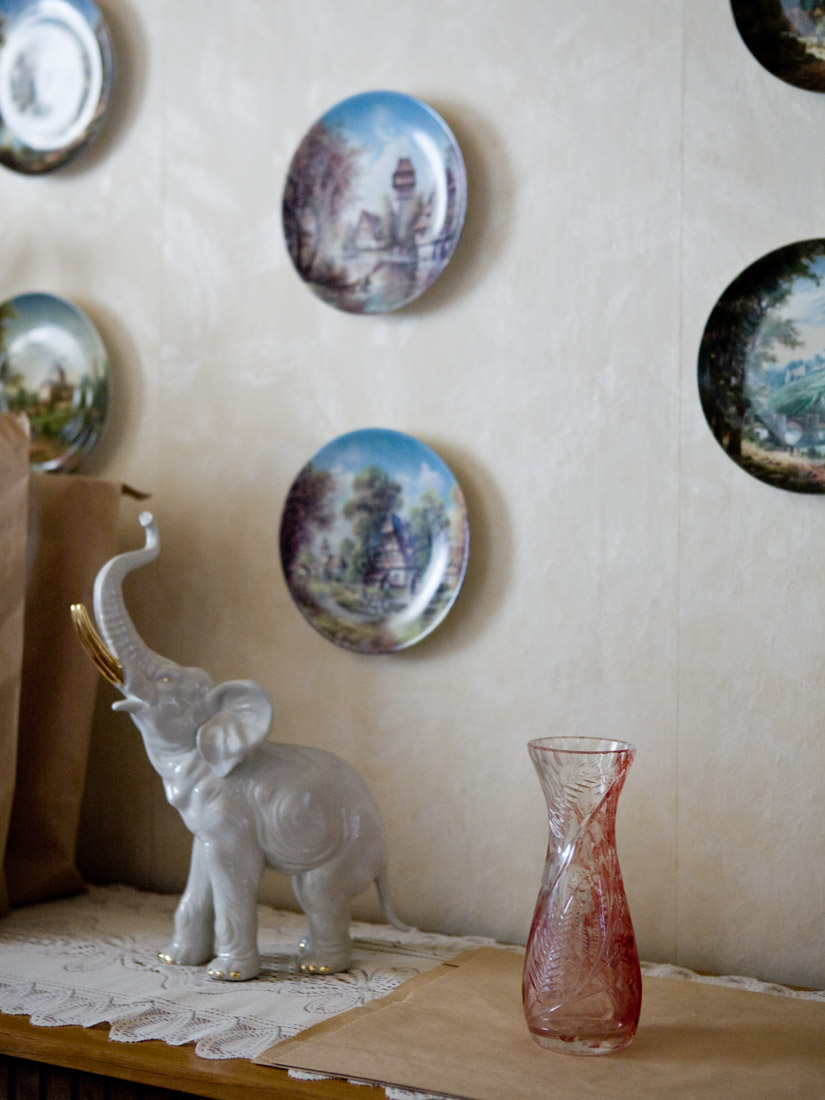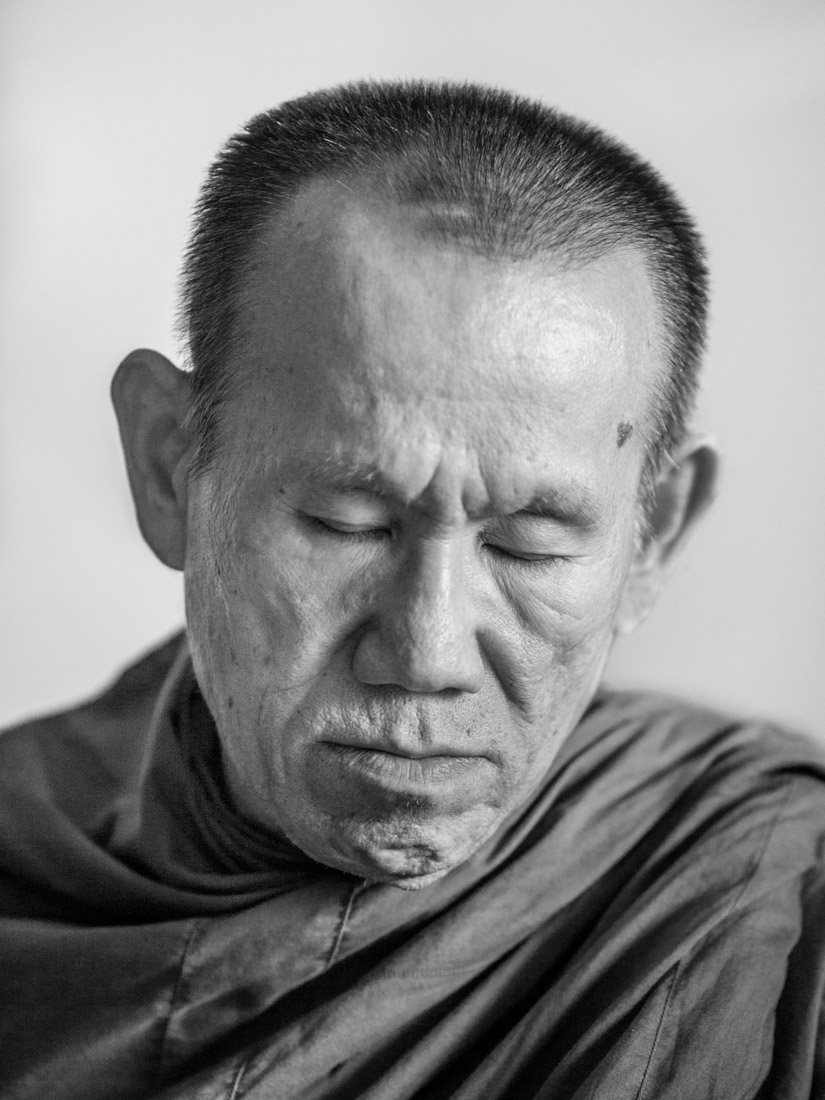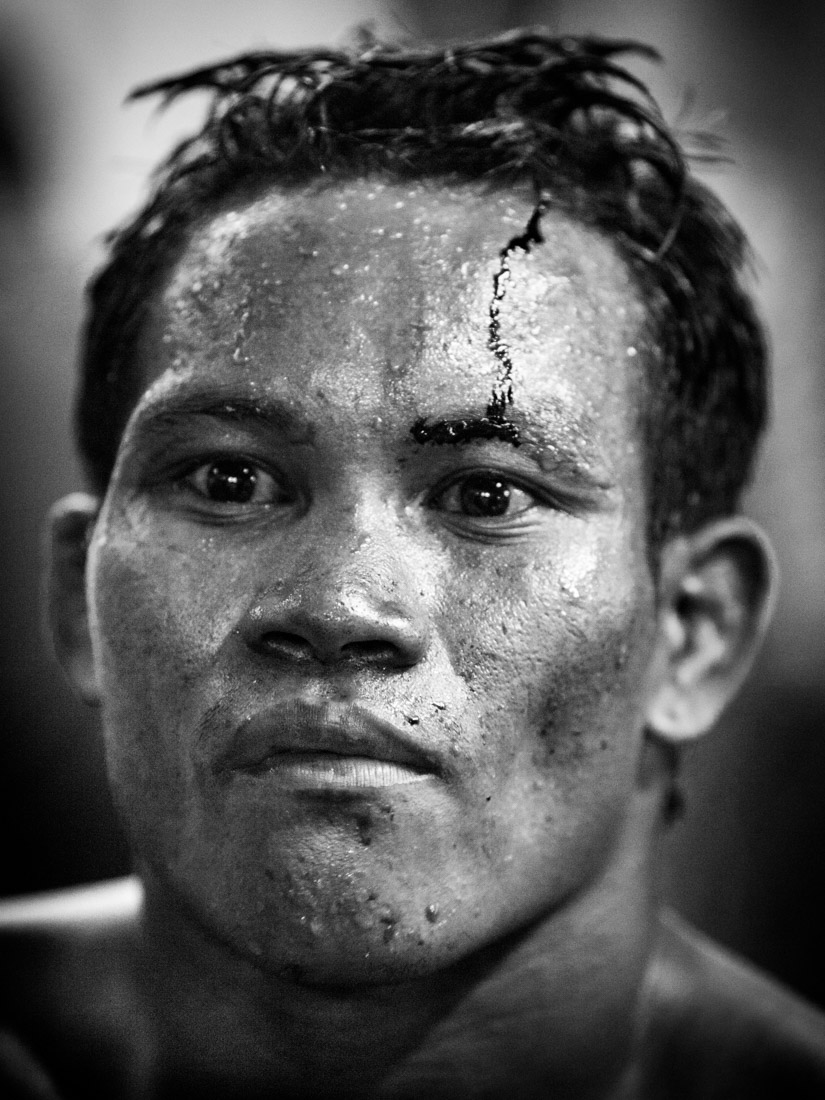Patrik Budenz | Post Mortem (2008 - 2009)
Patrik Budenz | Post Mortem (2008 - 2009)
In modern societies death has become very visible and invisible at the same time. We are used to watch images of death in movies and the daily news about war, accidents and natural disaster. But on the other side, the daily natural death has been completely vanished from the public view. It almost has become a taboo that people do not talk and know about. Today more people die in hospitals than in their own homes - like it was a century ago, when it was the relatives’ task to take care of the dead body. But nowadays professionals are called who remove the body from visibility. Before finally vanishing, the deceased person's corpse is administered, scrutinized, investigated, processed by various institutions and thus once again confronted with its former life. Like a dying pendulum, the corpse oscillates between life and complete decomposition. Post Mortem traces this resonation and accompanies the dead body on its last journey from cold rooms, storages, pathology, taxidermy, morticians, crematories and cemeteries.
Format:
Photo / Video
